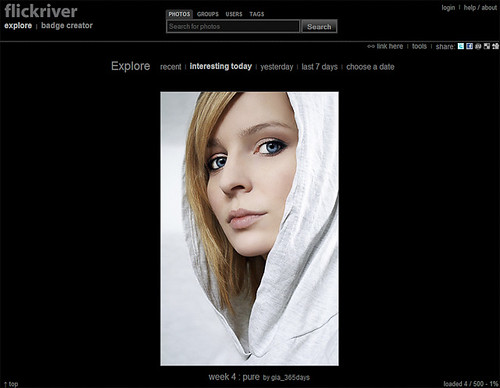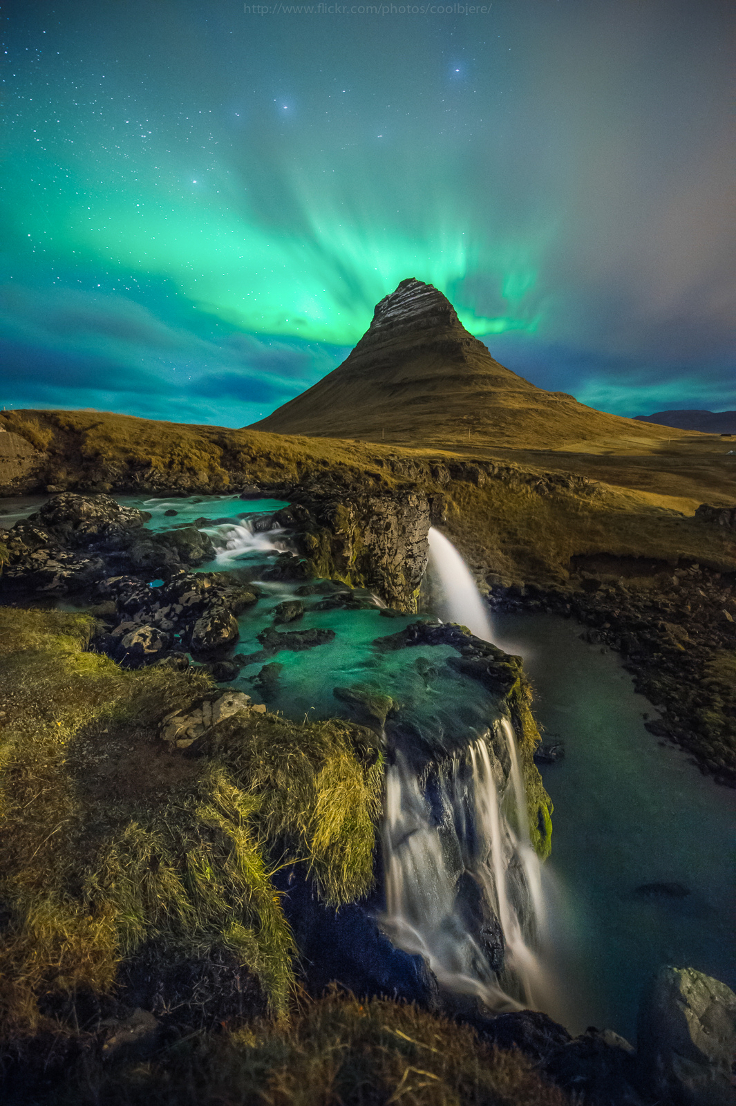
In Windows select the photos, right click, then Send to a compressed folder. Instagram is more like a photo-themed casino, psychologically optimised to maximise ad impressions: the feed is random and. zip file containing the geotagged photos. Flickr takes photography more seriously than Instagram it doesn’t lossily recompress your photos to save storage, it has groups and albums, and it is open from the web. You can start at Step 2 by downloading the sample zip file from its item page.

To publish a feature layer with geotagged photos, follow these steps. The resulting feature layer can be added to any web map, and photo attachments can be viewed from the pop-up. Points are not created for non-geotagged photos. A point feature layer is created based on the location stored in each photo, with the photos themselves being stored as an attachment to the point. To create the feature layer, add the photos to a compressed file (.zip file) and upload the file from your computer. Geotagged photos can be added to a map by publishing them as a feature layer.


While you can’t drag and drop or otherwise add geotagged photos directly to your web map, here are a few ways to add geotagged photos using a few simple intermediate steps. There are many ways to geotag photos you can capture the location when you take the photo using GPS-enabled cameras, you can use the location capabilities of your device, and you can use tools like those found in Flickr and other online tools to geotag photos after they’ve been captured. The lat/long location is stored in the image file’s Exchangeable Image Format (EXIF) data the metadata for the image which can contain other details like the make and model of the camera, lens information, and more. Geotagged photos contain the stored location of where the photo was taken.


 0 kommentar(er)
0 kommentar(er)
